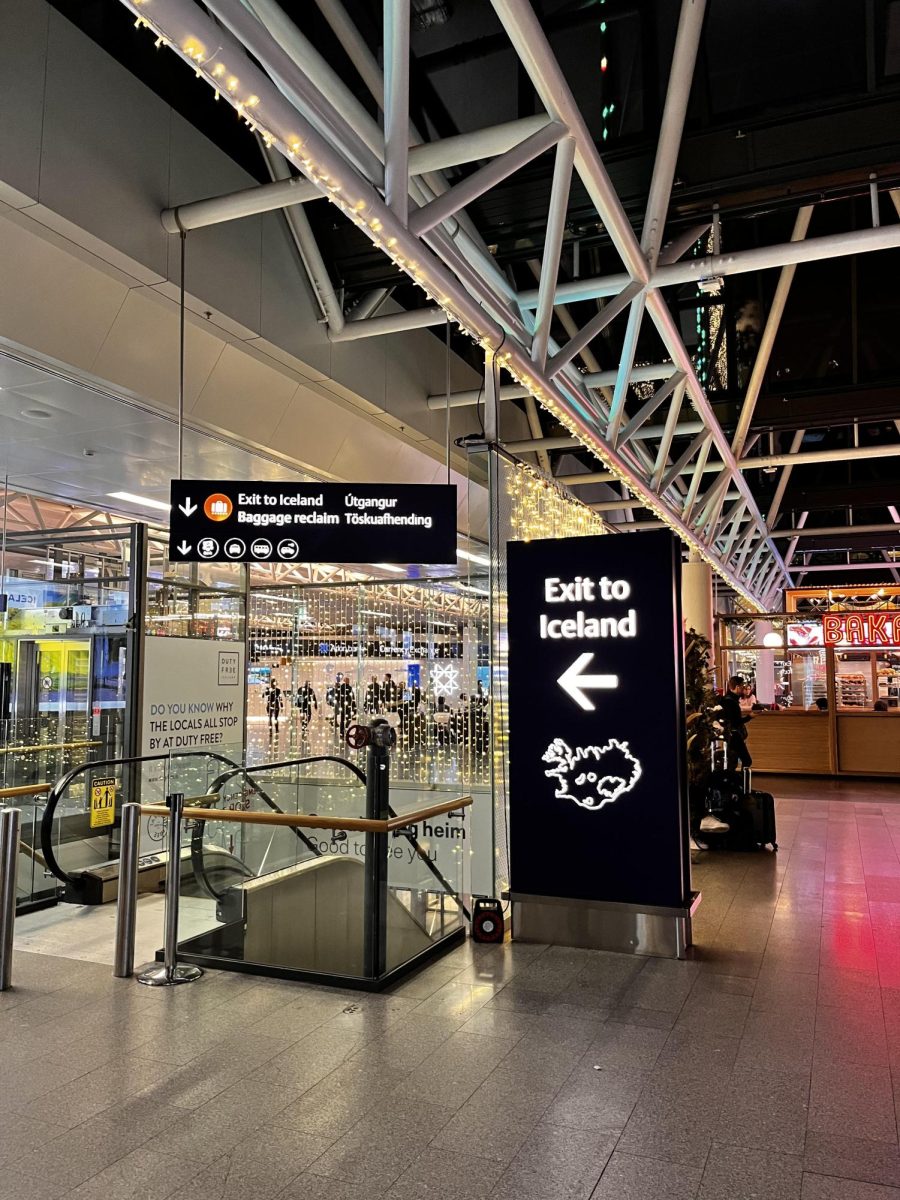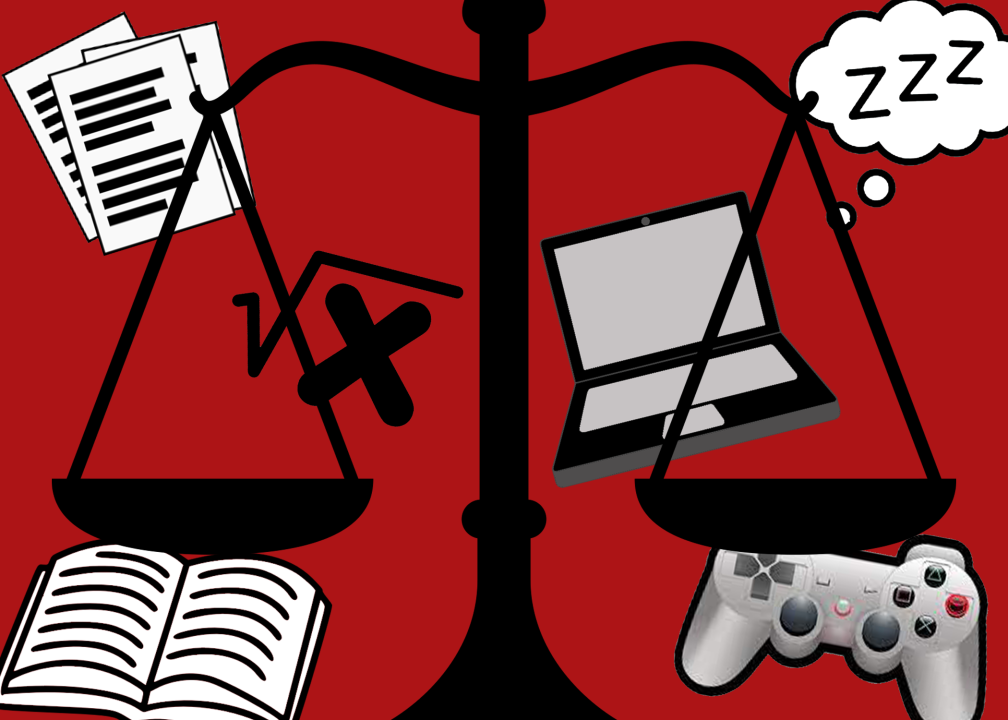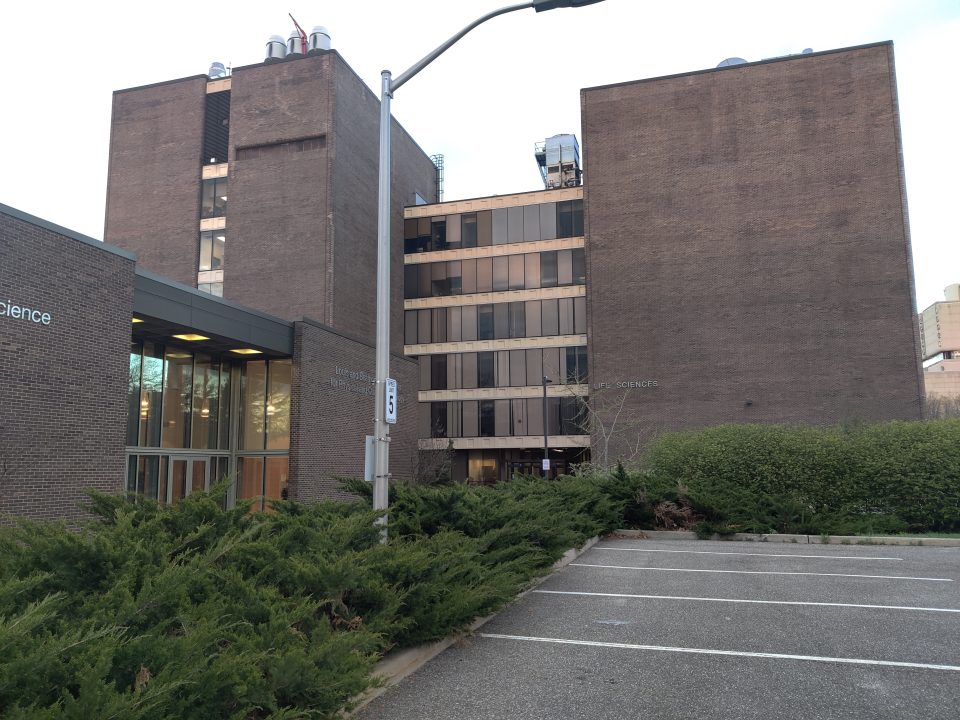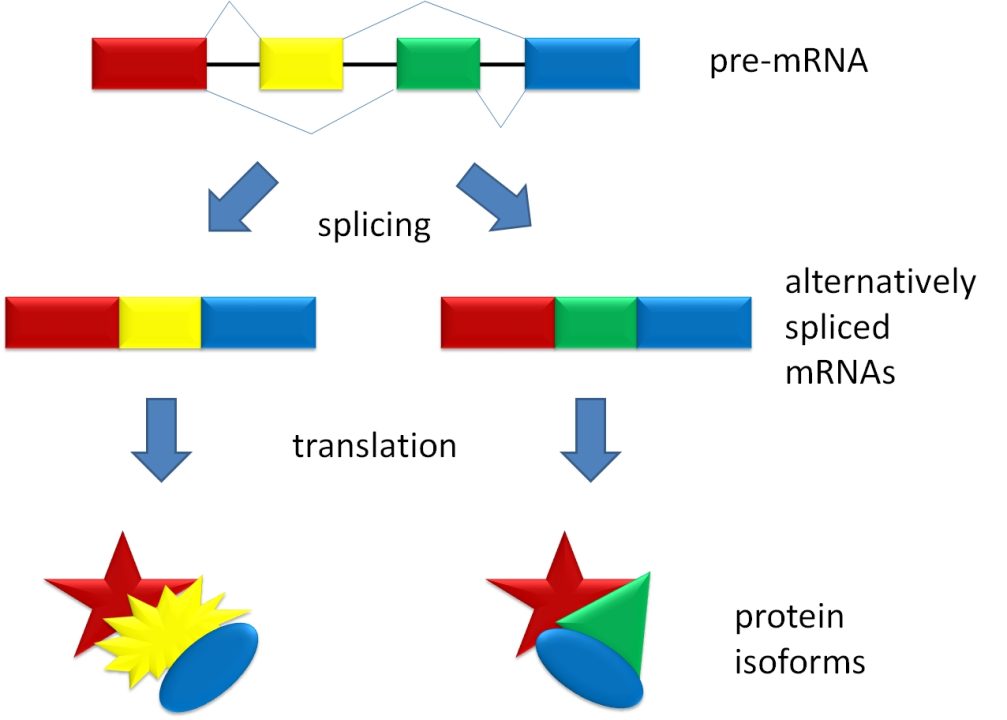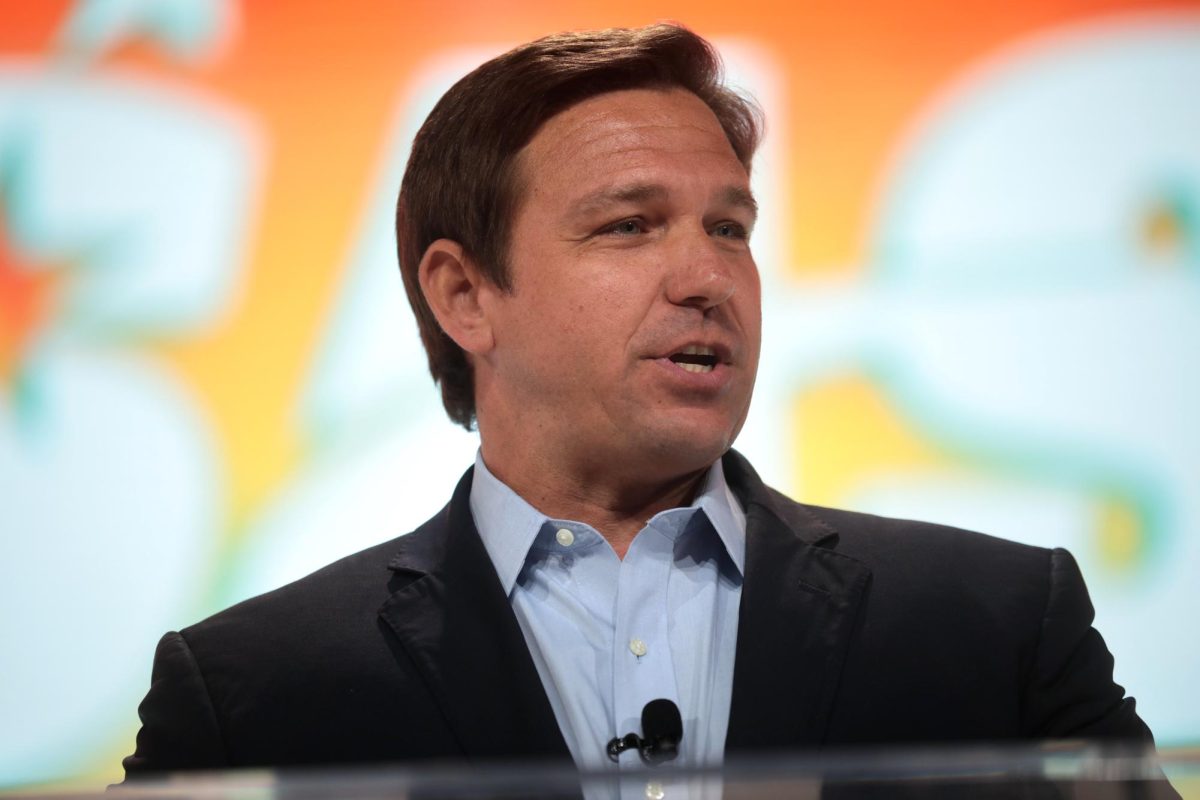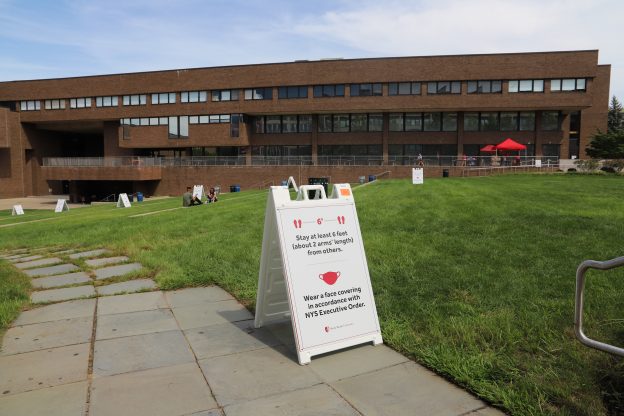
Benjamin Joffe is a freshman political science major.
It isn’t a stretch to say that 2020 was one of the most challenging and confusing years of our lives. In fact, it was the deadliest year in the United States’ history.
With all that has happened in 2020, it is easy to overlook some incredibly valuable lessons we can take away from both our collective and individual experiences. We must understand how challenges that may seem independent from one another are connected.
On March 11, 2020, the World Health Organization officially declared that the COVID-19 virus was a global pandemic. Since then, as of April 12, 2.95 million people have lost their lives to the virus.
The Trump administration repeatedly neglected the advice of public health experts such as Dr. Anthony Fauci and Centers for Disease Control and Prevention (CDC) Director Dr. Robert R. Redfield, and the entire country paid the price.
Epidemiologists found that if social distancing guidelines were established on March 2 instead of March 16, 90% of the estimated deaths that occurred due to COVID-19 by the summer of 2020 could have been prevented, a total of nearly 60,000 people.
The Trump administration repeatedly blocked personal protective equipment (PPE) from reaching hospitals that were running desperately low on supplies, with most of them operating at maximum capacity. There were days when my mother, a nurse in a major metropolitan hospital, needed to ration PPE.
There are dozens of other cases where the COVID-19 response was mishandled, such as when Donald Trump preached that hydroxychloroquine could treat COVID, with the drug later being cautioned against use by the Food and Drug Administration (FDA).
The mishandling of this pandemic should be a clear indicator of the importance of trusting scientific evidence and advice, rather than basing decisions on whims. When empirical evidence is ignored, forming a comprehensive solution is impossible.
If we unite behind evidence-based solutions, we would have the ability to prevent situations from derailing into dangerous, baseless conspiracy theories. Panic and distrust foster violence and division, and if issues are taken seriously from the onset, this can be avoided.
Trump’s conspiracies, such as how COVID deaths have been purposefully exaggerated, have also brought increased attention to the QAnon conspiracy theory, whose followers believe that Trump will one day expose a secret ring of world-dominating establishment elites.
QAnon is dangerous because it is opportunistic; it quickly latched onto the #SaveTheChildren movement in August and radicalized hundreds of skeptical Americans.
Since radicalization is a pipeline, organizations like QAnon can easily exploit millions of Americans who are skeptical of the scope and existence of a virus.
After being defeated in the presidential election by Joe Biden, Trump made false claims that the election was stolen and rigged against him. The continued propagation of these claims would bring fringe conspiracy theories into the mainstream.
The QAnon bubble that has been marinating in a bath of conspiracy theories for the past year was eager to explode, and on Jan. 6, it did exactly that.
When Congress met to validate the results of the election, Trump held a rally at which he told his already tense followers to “… fight like hell. And if you don’t fight like hell, you’re not going to have a country anymore.”
This mob listened, and one hour later rioters broke into the Capitol building where Congress was still assembled, showing the world just how dangerous fringe politics can become if they are brought into the mainstream. By the time the riots ended, five people were dead and dozens were injured.
This terrorist attack was a culmination of a year of rising tension, caused by distrust and anxiety propagated by a demagogue.
Even after Trump left office, the bloodshed wrought by his ignorance continued. His rhetoric directly caused the rise in racist sentiment against the Asian community in the past year. By referring to COVID-19 the “China Virus” and the “Kung Flu,” he tells his millions of followers that Asians are to blame for its spread.
On March 20, eight people were shot and killed in a terrorist attack in Atlanta, most of whom were of Asian descent. Violence against Asians has increased drastically in 2020, with nearly 3,800 cases of violence being reported within the year.
Now is the time for healing as a nation. We must come together and unite behind common goals: ending the pandemic, promoting trust in science and fighting xenophobia.
With 43 million Americans fully vaccinated against COVID-19, great strides are being made in immunizing the nation, and by May, all adults could be eligible for the vaccine.
It is essential that the Biden administration continue to keep public health as a top priority, listen to science and condemn all acts of hate towards minorities.








